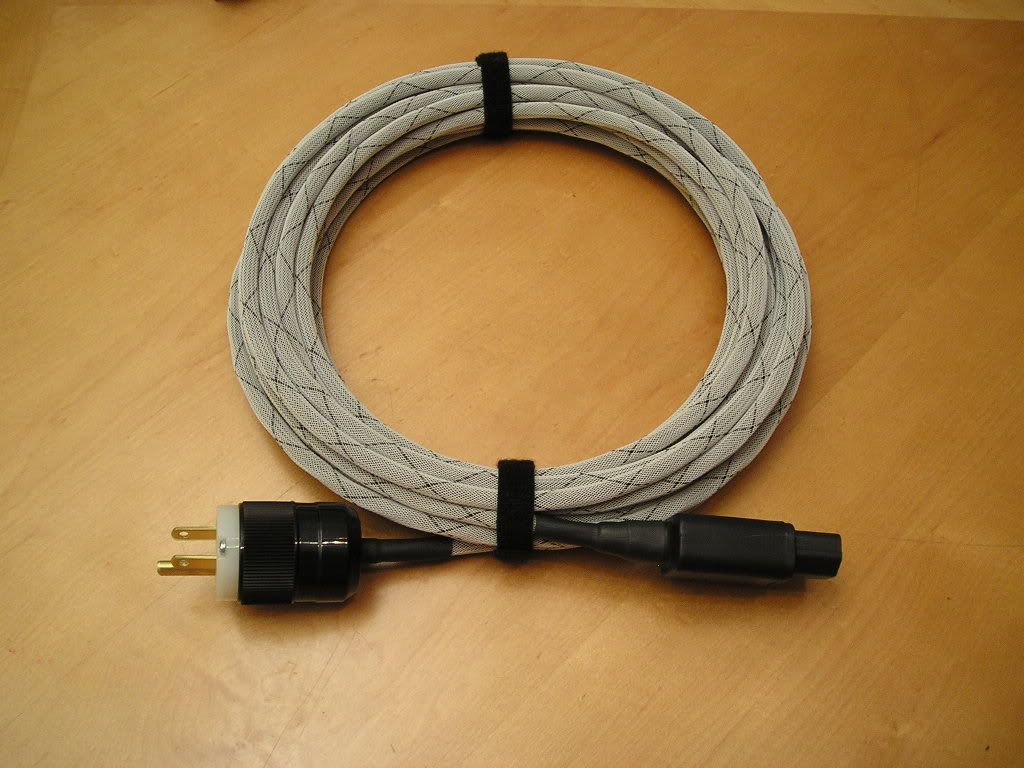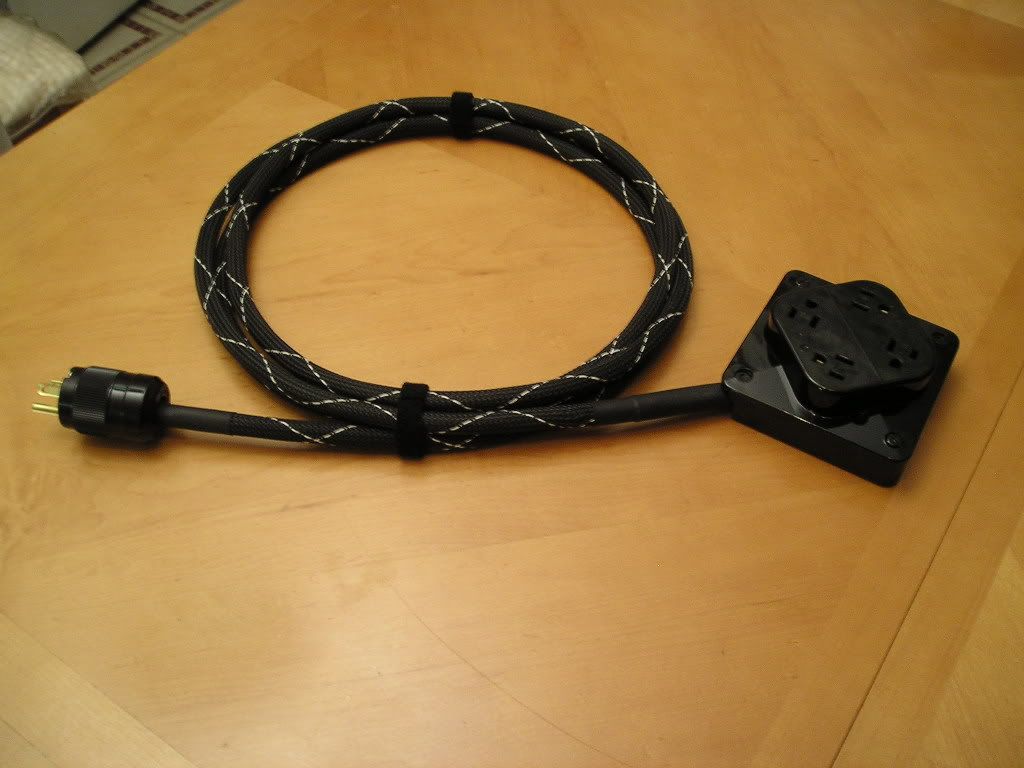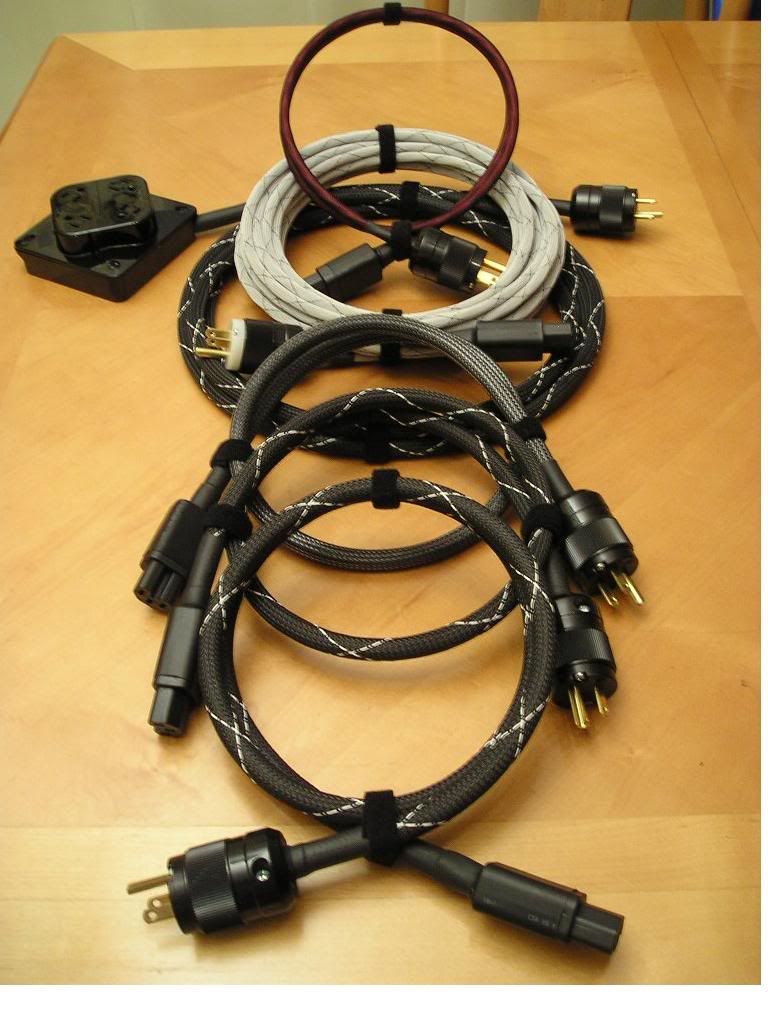As far as I know, at least from what I was told prior to purchase, was that it has a bank of 6 soda can type capacitors that supply the rig with additional power during a heavy transient without instantly draining the circuit. In theory, this would provide an extra boost of additional needed power for a quick, demanding load. Now I'll admit, I have never tested this or verified this but this was what I was told. Not much information was provided with the unit, so take what I just relayed to you with a grain of salt.
At the time I purchased it, the RG Pro 400 served one single purpose for me. That being additional outlets. It was actually cheaper for me to purchase this than run more lines into the wall the rig was against at the time and it was my understanding that they could be daisy chained [If I ever did decide to add HT to the rig]. I didn't notice any change to the sound upon installation but I also have to keep in mind that I have progressed exponentially, along my audio journey, with regards to the quality of gear I have gone through since then. I wasn't kidding that for me, it was basically just a glorified outlet strip.
When I do decide to rip the walls apart and install multiple 20amp dedicated outlets, I will have no "need" for the RG. Perhaps that would be a good time to test its effectiveness. While I could be wrong, I don't think it would be a good test to just compare it to a normal outlet strip but I guess I could do so if someone has interest in me doing so.
Tom





